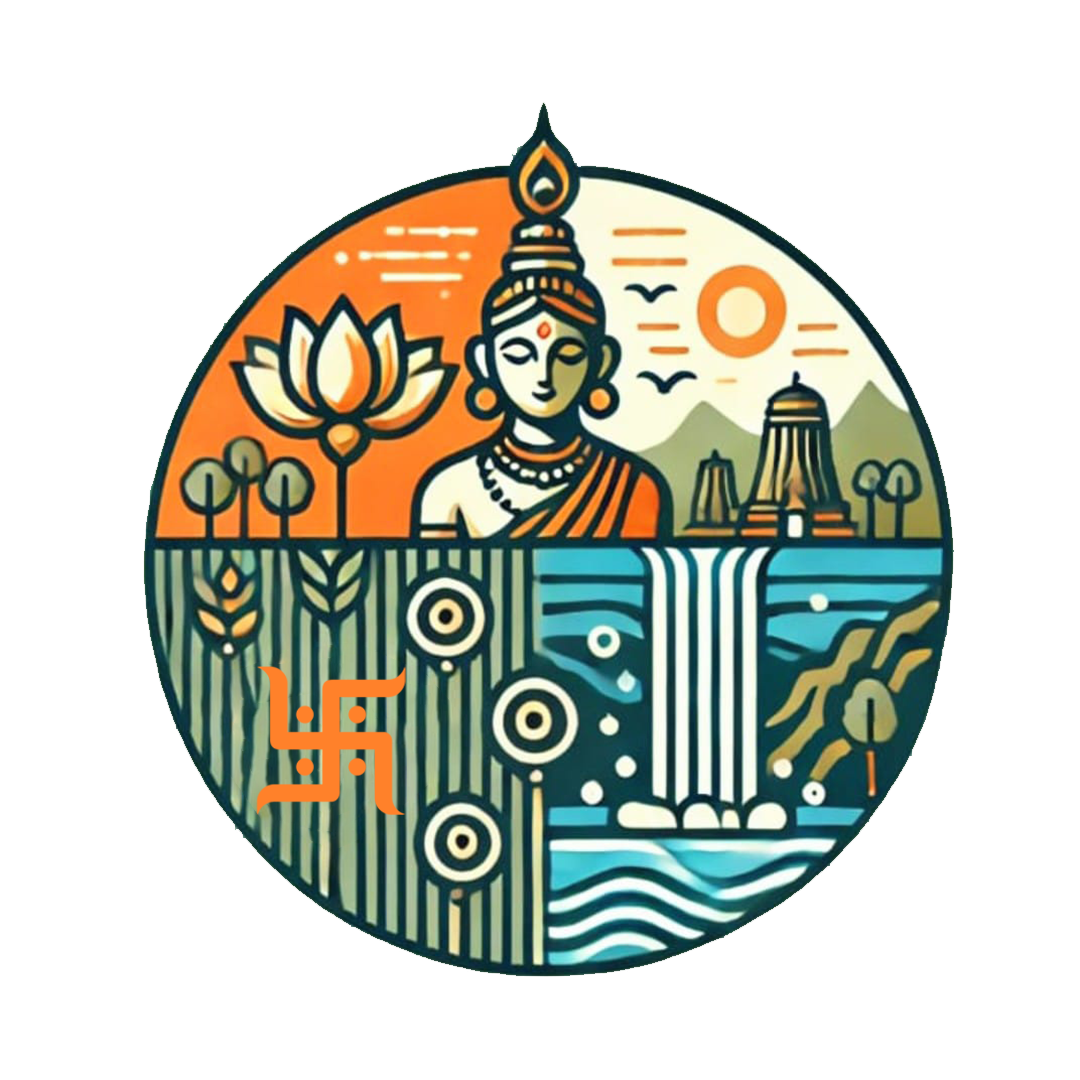Rich Heritage & Culture

Preserving Bihar’s Historic Monuments for Future Generations
Maner Sharif Restoration Efforts
Home to renowned Sufi shrines, Maner Sharif is undergoing thoughtful restoration to boost spiritual tourism, celebrate Bihar’s syncretic cultural legacy, attract heritage enthusiasts, create local job opportunities, and ensure this historical site remains a vibrant symbol of communal harmony.
Ashokan Pillar, Vaishali: Preserving Bihar’s Legacy of Peace and History
The Ashokan Pillar in Vaishali symbolizes Bihar’s Buddhist legacy and Ashoka’s vision of peace. Erected in the 3rd century BCE, its single lion capital showcases ancient India’s governance, moral values, and enduring cultural and historical significance.
Rohtas Fort: Protecting Bihar’s Majestic Hilltop Legacy
Rohtas Fort, perched in the Kaimur hills, exemplifies Bihar’s medieval strength, military strategy, and architectural brilliance. Its massive gates, ancient temples, and intricate carvings reflect the region’s resilience and historical importance as one of India’s grandest hill forts.
Vikramshila: Reviving Bihar’s Ancient Seat of Learning
Vikramshila University, once a major Buddhist learning center from the 8th to 12th centuries, reflects Bihar’s intellectual legacy. Its ruins near Bhagalpur highlight a golden era of scholarship, spiritual learning, and India's historic role in preserving Buddhist philosophy.
Important visual arts of Bihar
Madhubani painting (Mithila art)
Origin: This ancient art form from the Mithila region of Bihar is known for its vivid colors and intricate designs.
Themes: Traditionally created by women, it depicts mythology (Ramayana), nature (sun, moon, tulsi), and social events like weddings.
Characteristics: Features bold lines, detailed patterns, and natural colors, often filling spaces with floral, geometric, and animal motifs.
Significance: It holds deep cultural and religious value, symbolizing Maithili women’s identity and storytelling tradition.
Manjusha painting (Angika art)
Origin: This unique storytelling art originated in the Bhagalpur region of Bihar, showcasing the rich local tradition of narrative painting.
Themes: It primarily depicts the folklore of Bihula-Bishahari, illustrating mythological stories and episodes from this legendary narrative.
Characteristics: Known for its sequential style, it tells a story across multiple paintings and uses vibrant colors like pink, green, and yellow.
Note: Manjusha art is distinct from Madhubani painting in its themes, style, and relatively limited color palette, emphasizing narrative continuity.
Patna Kalam (Patna School of Painting)
Origin: An offshoot of Mughal painting, Patna Kalam flourished in Patna during the 18th and 19th centuries, developing a distinct local style.
Themes: Unlike Mughal art, it depicted the everyday lives of common people, including festivals, ceremonies, bazaars, and domestic scenes.
Characteristics: Known for delicate brushwork, fine details, and a blend of Mughal, Persian, and British artistic influences.
Technique: Features kajli seahi, a method where paintings are created directly with the brush without preliminary pencil sketches.
Tikuli art
Origin: This unique painting style, with roots dating back around eight hundred years, originated in Patna, Bihar.
Themes: It is inspired by Hindu deities like Krishna, Indian wedding scenes, and Bihari festivals.
Characteristics: Traditionally painted on thin glass sheets with natural colors, gold foil, and jewels; today, enamel designs on timber or hardboard are also common.
Significance: Tikuli art preserves Bihar’s cultural heritage, showcases artisans’ creativity, promotes local traditions, and provides livelihood opportunities to many families.
Important Performing Art of Bihar
Folk dances
Jat-Jatin
A popular folk dance of North Bihar, mainly in the Mithila and Koshi regions. Performed by couples, it humorously depicts playful quarrels between husband and wife. Usually staged on moonlit nights during the monsoon, this dance reflects rural life, social harmony, and cultural traditions of the region.
Domkach
A traditional dance performed during marriage ceremonies by the bride’s and groom’s families. Dancers form a semi-circle, hold hands, and sing satirical, joyful songs. Historically, women also performed Domkach to guard homes from thieves during the groom’s wedding procession to the bride’s house.
Jhijhian Dance
A traditional folk dance of Bihar performed by village women to worship Lord Indra. It is mainly done during droughts as a devotional prayer for rain, reflecting the community’s deep connection with agriculture, faith, and the cultural importance of seasonal rituals in rural life.
Kajari Dance
A seasonal folk dance of Bihar, performed by women during the rainy month of Shravan. It expresses emotions of love, longing, and joy linked to the monsoon. Through soulful songs and graceful movements, Kajari reflects the cultural bond between nature, festivals, and rural women’s traditions.
Jhumeri Dance
A traditional folk dance of Bihar, similar to Gujarat’s Garba. It is performed by married women in the Mithilanchal region. The dance is especially popular during the Kartik month, with performances held on full moon nights, celebrating joy, togetherness, and cultural traditions of rural Bihar.
Harvesting Dance
A joyous folk dance of Bihar performed by both men and women during the harvest season. It expresses gratitude for a successful crop and celebrates the farmers’ hard work. Through rhythmic movements and songs, the dance reflects community bonding, prosperity, and the agrarian traditions of rural Bihar.
Sohar-Khilouna Dance
A traditional folk dance of Bihar performed to celebrate the birth of a child. Women sing joyous songs, often comparing the newborn to deities like Lord Rama and Krishna. The dance symbolizes happiness, blessings, and cultural traditions associated with family, fertility, and the continuation of lineage.
Music
Folk songs
Folk Songs of Bihar: These songs are linked to life events, such as Sumangali for weddings, Sohar for births, and Ropnigeet during paddy planting. Other popular forms include Purbi, Chaita, Hori, Bidesia, Ghato, Birha, Kajari, Irni/Birni, Pachra, Jhumar, Jatsari, Aalah, Nirgun, and Samdaun, reflecting Bihar’s cultural traditions, festivals, and rural life.
Classical music
Bihar has contributed significantly to Indian classical music, notably through the Dhrupad singers of the Darbhanga and Bettiah Gharanas and the Dagar School of Dhrupad . Gaya is also known as a center for popularizing classical music styles like Tappa and Thumri. Bharat Ratna Ustad Bismillah Khan, a renowned shehnai player, was also born in Bihar.
Bidesia
A form of folk theatre that explores contrasting themes like tradition and modernity, urban and rural life, and wealth and poverty. It often raises social issues related to women, lower castes, and the struggles of poor villagers whose husbands migrate to cities for work and neglect them. Male actors play female roles. Bhikari Thakur, a famous Bihari artist and playwright, is credited with its development.



